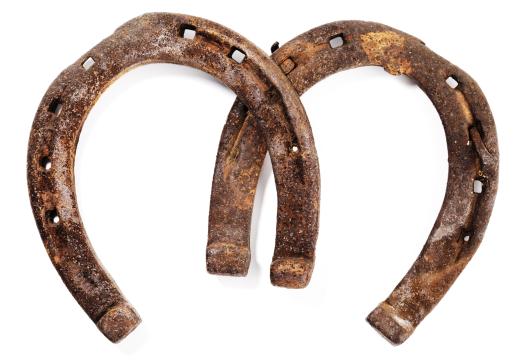Also known as surface hardening, case hardening is a process in which the surface of a metal is reinforced with the addition of a thin top layer of another and usually more durable metal alloy. The idea behind this process is usually to lengthen the life of the object, making it possible for the user to gain more value from the purchase. This can be especially important in the manufacturing of machine components, although the process is also used with metal gridwork, fencing, and decorative metal objects that are produced for use outside.
Case hardening has been around for many centuries, and was often used as a means of creating horseshoes and various types of cooking utensils that would hold up to a great deal of wear and tear. This often involves making use of metal with a low carbon content, and matching it with a metal with a higher carbon content. The combination tended to make the final product much harder, since metals with a high carbon content tend to be somewhat brittle when forged. The addition of the low carbon metal created a material that could easily be molded into whatever shape was desired. As the metal cooled, the shape was fixed and the strength of the object secured.

Over the years, adding carbon to the surface of iron products has been common. The surfacing not only helps to add strength to the iron object, but also helps to prevent deterioration of the iron over time. As a result, objects like fireplace implements, cast iron wash pots, and even frying pans would remain usable for longer periods of time, often making it possible to pass the items on to the next generation.
Along with making metal objects stronger and more durable, the process of case hardening also helps to ensure that anything that is built using the reinforced metal will be safe for ongoing use. This can be especially important when the metal object has a direct bearing on the well-being of a human being or other living thing. For example, a horseshoe constructed using case hardening will not wear unevenly, which means the shoe provide the horse with more stability. Since the chances of the shoe failing are very low, this means that anyone riding the horse is highly unlikely to be thrown due to a shoe breaking in two and causing the horse to suddenly change gait.
Case hardening is commonly employed when creating materials for use in constructing different types of buildings. Girders, metal panels, and even metal doors are all reinforced in this manner. While steel and iron are the most common metals used in this type of process, some experimentation with the use of other metals that have low or high carbon content has taken place.

